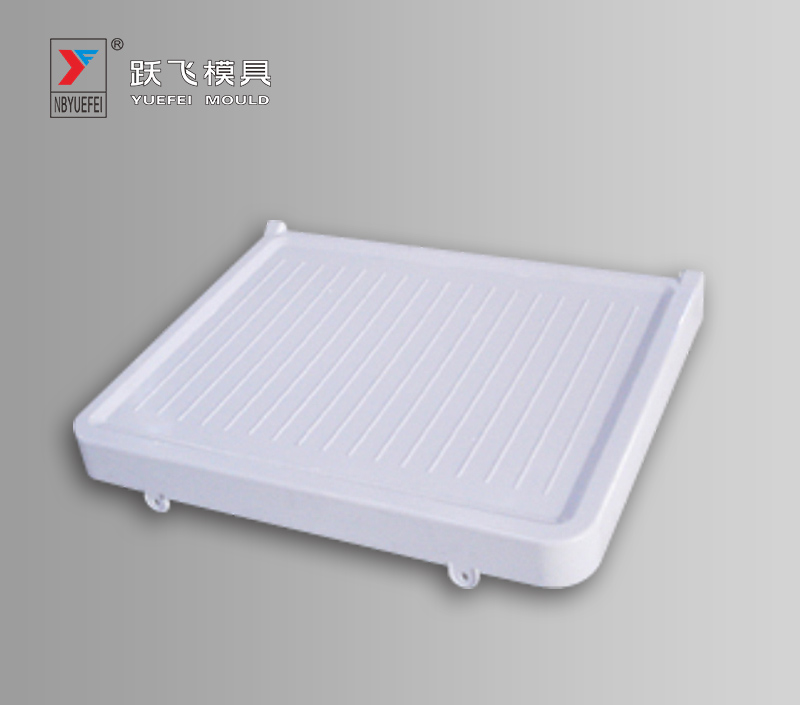Due to different stamping processes and different working conditions, there are many factors that affect the life of the die. The following is a comprehensive analysis of the influencing factors of the die life in the design, manufacture and use of the die, and the corresponding improvement measures are found.
1. Stamping equipment. The accuracy and rigidity of stamping equipment (such as presses) are very important for the impact of die life. The stamping equipment has high precision and good rigidity, and the life of the die is greatly improved. Especially for small or no-clearance punching dies, hard alloy punching dies and accurate punching dies, you need to choose a press with high precision and good rigidity. Otherwise, the life of the die will be reduced, and the chess set will be damaged in severe cases.
2. Mold design. In order to improve the life of the mold, it is necessary to correctly select the guiding form and determine the accuracy of the guiding mechanism according to the nature of the process and the accuracy of the parts. Under normal circumstances, the accuracy of the guide mechanism should be higher than the matching tip of the male and female molds. For example, the fit clearance of the mold directly affects the quality of the blanking parts and the life of the mold. For higher precision requirements, a smaller gap value should be selected; otherwise, the gap can be appropriately increased to increase the life of the mold.
3. Stamping process. While considering the improvement of material judgement and utilization, it is necessary to reasonably select the layout method and the edge value according to the processing batch, quality requirements and mold matching gap of the parts to improve the life of the mold.
4. Mold materials. The influence of mold material on mold life is a comprehensive reflection of material types, chemical composition, organizational structure, hardness and metallurgical quality. Die life of different materials is often different. Usually according to the material characteristics of the stamping parts, production batches, precision requirements, etc., mold materials with excellent performance are selected, while taking into account its processability and economy.
5. Thermal processing technology. The thermal processing quality of the mold has a great influence on the performance and service life of the mold. From the analysis and statistics of the causes of mold failure, it is known that "accidents" of mold failure caused by improper heat treatment account for more than 40%. The quenching deformation and cracking of the working parts of the mold, and the early fracture in the use process are all related to the thermal processing technology of the mold. For molds with high precision requirements, they need to undergo stress relief and tempering treatment after grinding or electrical machining, which is conducive to stabilizing the precision of the mold and improving the service life.
6. Processing surface quality. The working parts of the mold and the surface quality are closely related to the wear resistance, fracture resistance and adhesion resistance of the mold, which directly affect the service life of the mold. In particular, the surface roughness value has a great influence on the life of the die. If the surface roughness value is too large, stress concentration will occur during work, and cracks will easily occur between the peaks and valleys, which will affect the durability of the die and also affect the durability of the die. The corrosion resistance of the surface of the workpiece directly affects the service life and accuracy of the die.
www.yfmould.com



 English
English 简体中文
简体中文 Español
Español Deutsche
Deutsche















